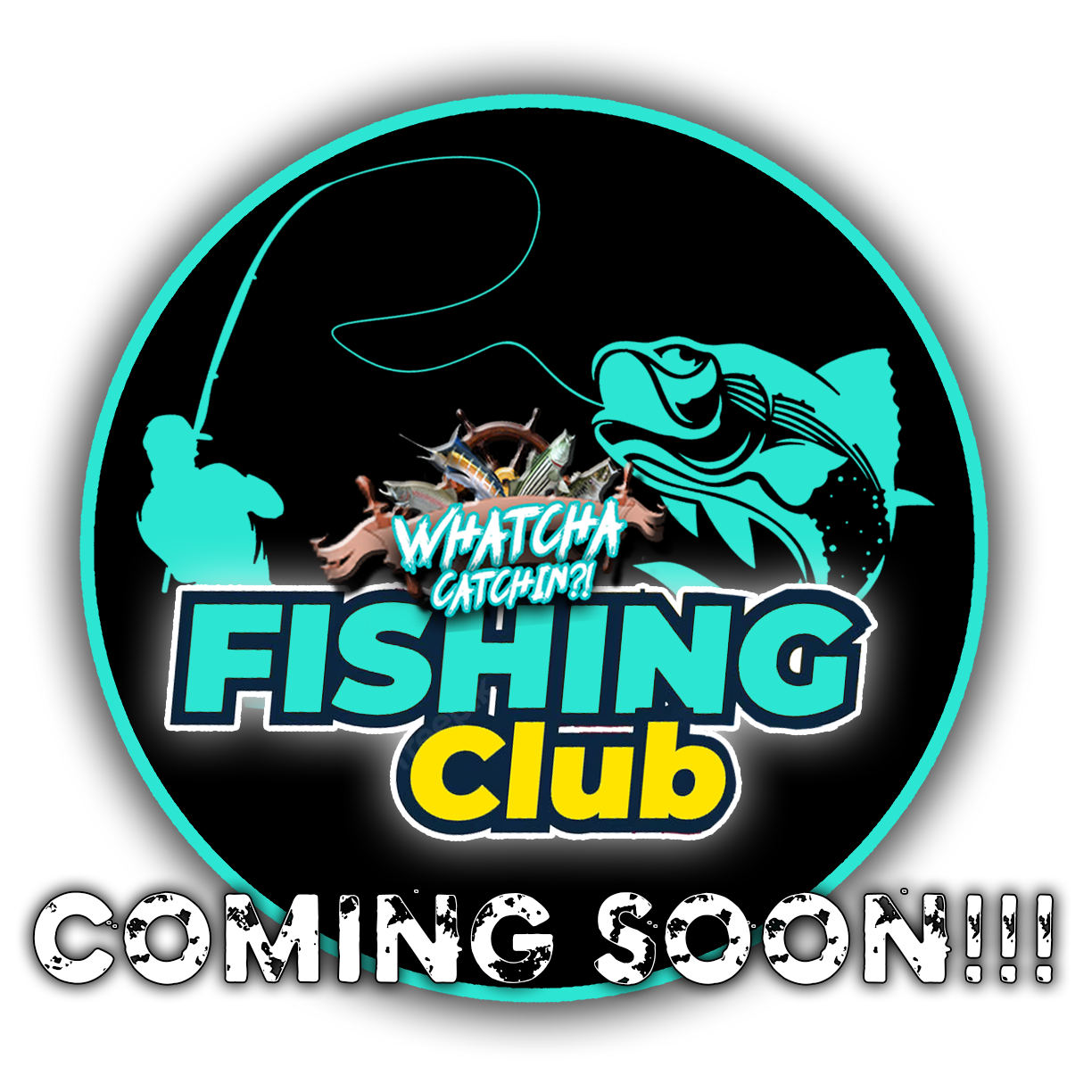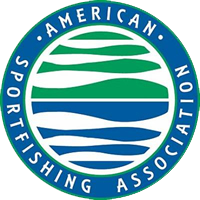I think anyone who’s seen a Lingcod would agree, they are not the prettiest fish in the sea. With their razor sharp, wolf like teeth and gremlinesque face(not to mention the sharp bony edges of the gill plate), one might wonder if it’s safe to eat one – or even touch it for that matter. The good news is yes and yes! It’s a good idea to handle them with fishing gloves, avoiding putting a hand in the mouth, and it’s also a good idea to catch a few for the table!
These bottom dwellers are known for their voracity when it comes to hunting down prey, and, for anglers, that means cut bait, live bait, jigs, soft artificials, and pretty much anything else you drop in front of them. Lingcod are not bashful by any means. Here are some helpful pieces of information that will give you a great shot at a good day on the Lingcod grounds!
Lingcod are part of the Rockfish family and only found on the West Coast from Washington right on down through California in waters as shallow as just a few feet(where the best fishing is during the height of the spawning season mid-January thru mid-April) all the way to 500 or 600 feet of water.
A great thing about Lingcod fishing is they generally bite through out the day and night so there’s no need to be on the water at the crack of dawn(unless you are worried about having to jockey around with boaters for you favorite piece of real estate). The elements due, however make a difference – tide, wind, swells, and current do seem to play a role in their appetite – or at least their propensity to chew for anglers.
When gearing up to do battle with Lingcod the most important thing to consider is where you are fishing – inshore shallow water fishing potentially calls for lighter tackle while fishing in deeper offshore spots may warrant something a little heavier. Generally speaking, you will do well in either application with 30-40lb braid with fluorocarbon leaders(also 30-40lb) for line and a nice medium action rod( spinning outfit for casting swim baits and such or a conventional for live bait or drop fishing). Typically, it’s best to bring both types of setups when possible as conditions on any given day can be different or they can change throughout the day as the tides switch, winds build or current speeds/slows.
As mentioned earlier these are a very aggressive fish which makes fishing with artificials the favorite of most anglers – lead heads with plastic tails being at the top of the list. Depending on the depth of the water, the strength of the current and the height of swell, you’ll need to adjust the size and weight of your jig head. Don’t fret however! Lingcod can grow up to 30,40 or 50 pounds and bigger, so they aren’t bashful when it come to the sizes of the plastics and baits you use. In fact, some anglers like to use much larger baits and lures to dissuade smaller fish and species from latching on. For those that prefer bait, cut bait like squid or fish chunks like herring work perfectly well, and a Lingcod has never been known to turn down a live Mackerel or two. I can’t emphasize enough how voracious this species can be. Many anglers will tell you if you lose a fish on the way up, keep reeling because the chances are the Lingcod will not be happy about the “prey” getting away and will continue after it – even after being dragged 20 or 30 feet of the bottom. Whether bouncing swimbaits across the rocks or dragging bait along the bottom, when Lingcod are in the area and ready to chew you are going to have a fun day!
Checkout some incredible Lingcod pictures from around the web.
















